Various documents are encountered in our everyday life which involve the handwriting and signature of the individuals or the parties involved. Alteration of signature and handwriting with the wrong intention is the common practice to cheat the party or the individual. In such cases, ink analysis plays an important role to establish the authenticity and source of the document.
Numerous techniques have been used widely for the examination of inks. These techniques include separation techniques, spectrometric techniques, and various others. Considering the literature published, non-destructive spectroscopic techniques are becoming popular since they deliver maximum information regarding the ink constituents without disturbing the actual document and also they quantify the ink constituents more easily than the separation techniques. Various destructive and non-destructive approaches are used for ink analysis. Non-destructive approaches have always been preferred to preserve the integrity of the documents as destructive methods destroy documents. The main objective of ink analysis is to determine its composition and to compare it with a similar (test/questioned) ink profile.
Although ink from various manufacturing companies looks the same but there is always a significant difference in chemical composition. Various laboratory techniques can help to determine whether a change has been made to a document, and various new chemical & analytical techniques have been developed that can help to increase the discriminatory power (DP) of ink.
These methods include destructive and non-destructive techniques. Chromatographic techniques are the most widely accepted non-destructive technique as they are cheap and reliable. TLC is one of the most frequently used destructive techniques. The composition of the ink can be determined by the chromatogram obtained. Although, a photographic record of the original document should always be prepared before the destruction of the document.
Microscopy and Video Spectral comparators are the two most frequently used non-destructive techniques that can provide informative data. Hidden security features & alterations can be examined by such techniques. There is also a significant increase in the use of Analytical MS, used for the elemental analysis, as they provide reliable information regarding the sample. It has been observed that the samples which are not differentiated by the separation techniques were discriminated by analytical MS due to the high sensitivity of the analytical MS. The combined use of both techniques can differentiate up to 98% of the ink sample. Literature showed that the sensitivity of the analytical technique can be increased by coupling it with statistical tools. A large number of the samples can be analyzed easily by such techniques.
Spectroscopic techniques also provide useful and specific information regarding the ink formulation without destroying the sample. Statistical tools in combination with spectroscopic and analytical MS increases the efficiency of the techniques so that the data can be analyzed more effectively. Due to their high precision and accuracy, these methods have recently attracted attention in the forensic field.
Separation techniques like TLC, HPTLC, UPLC and CE are also capable of providing important information. These techniques are also being widely employed. Although these strategies are not cent percent effective, combining them with MS provides substantially higher discrimination power. For the ballpoint ink analysis, analytical MS is considered a specific and powerful technique. Due to its complexity, MS is not used in all the encountered cases in a laboratory and also it is comparatively costly.
The discrimination power of the MS can be increased by coupling it with statistical tools. One such solution is that of Chemometrics, which deals with the use of statistical and mathematical tools to provide maximum relevant chemical information by quantitatively measuring the chemical data present in the targeted sample. Chemometrics coupled with the aforementioned analytical techniques provides the best results. In the recent past, there is also a significant increase in the use of other techniques like XRF, FLE, UV fluorescence, IR luminescence, etc. These techniques provide important information without damaging the actual documents.
Handwritten documents are amongst the most frequent targets of alterations, be it in handwriting or signatures. In such cases, ink analysis plays an important role to establish the authenticity of the document. The source of the ink can be determined by the proper analysis of the ink and the authenticity of the document can be established by comparing the ink profile of the samples.Anshu (M.Sc. Forensic Science- Batch 2019-2021)
Contact: anshuchauhan4899@gmail.com


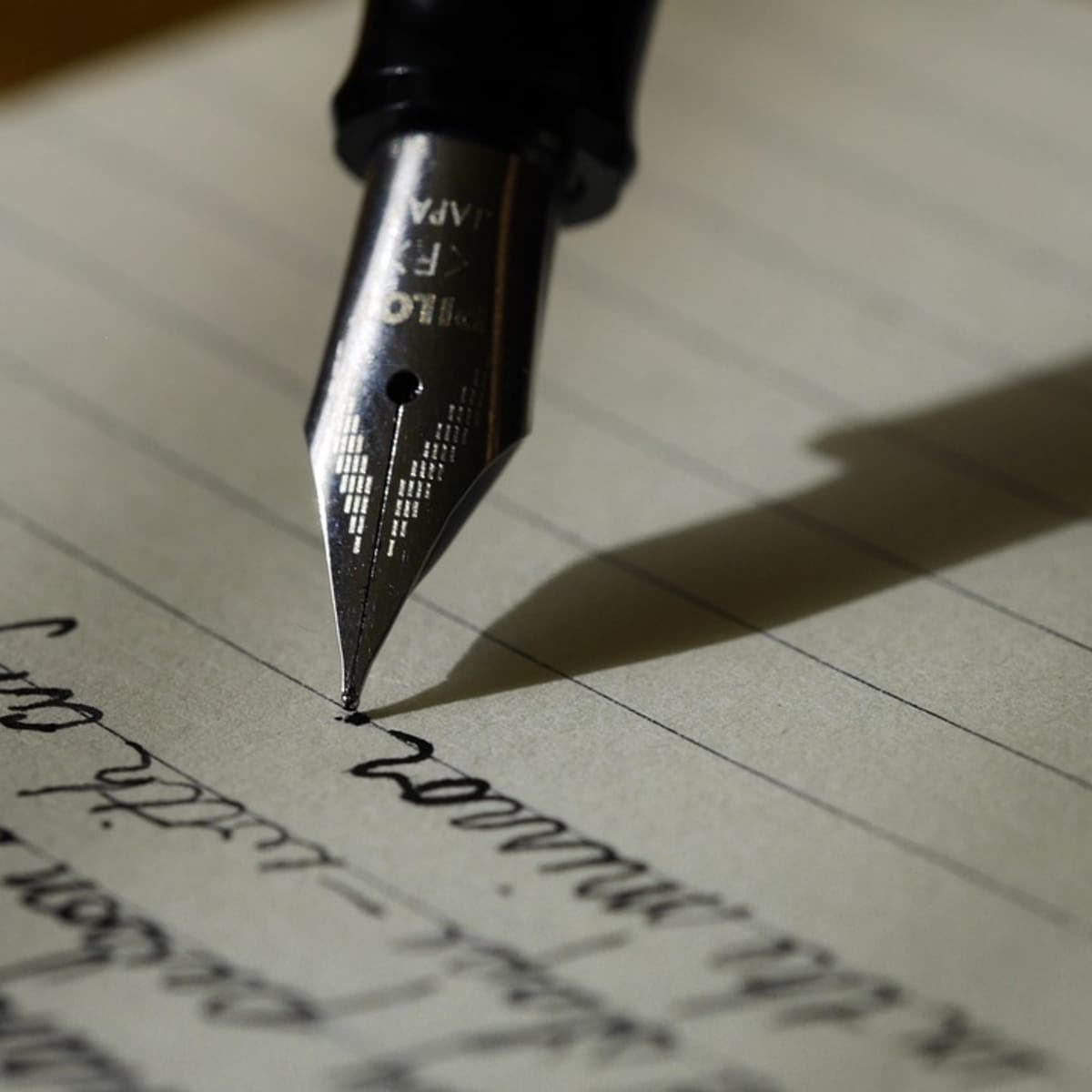
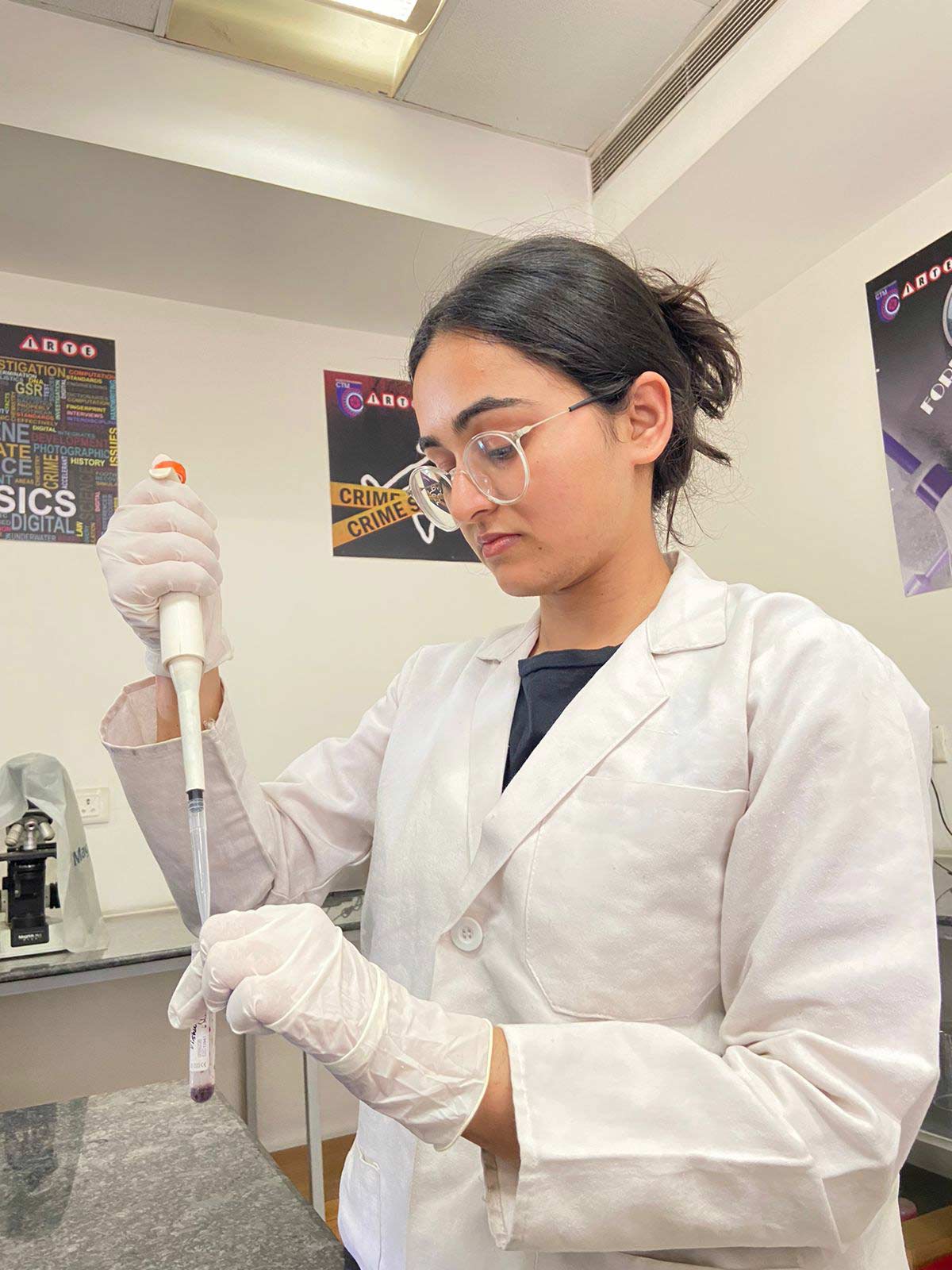
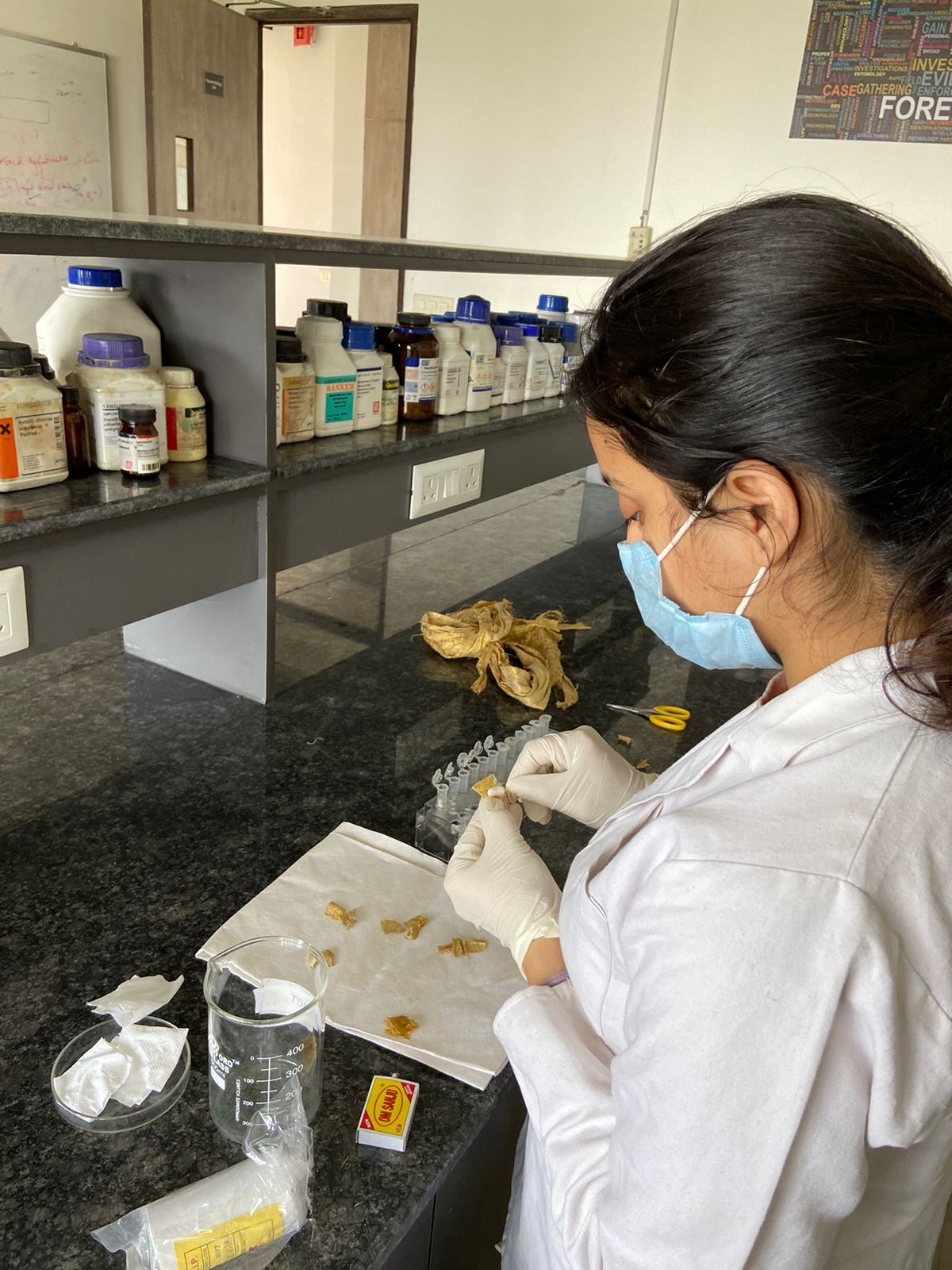
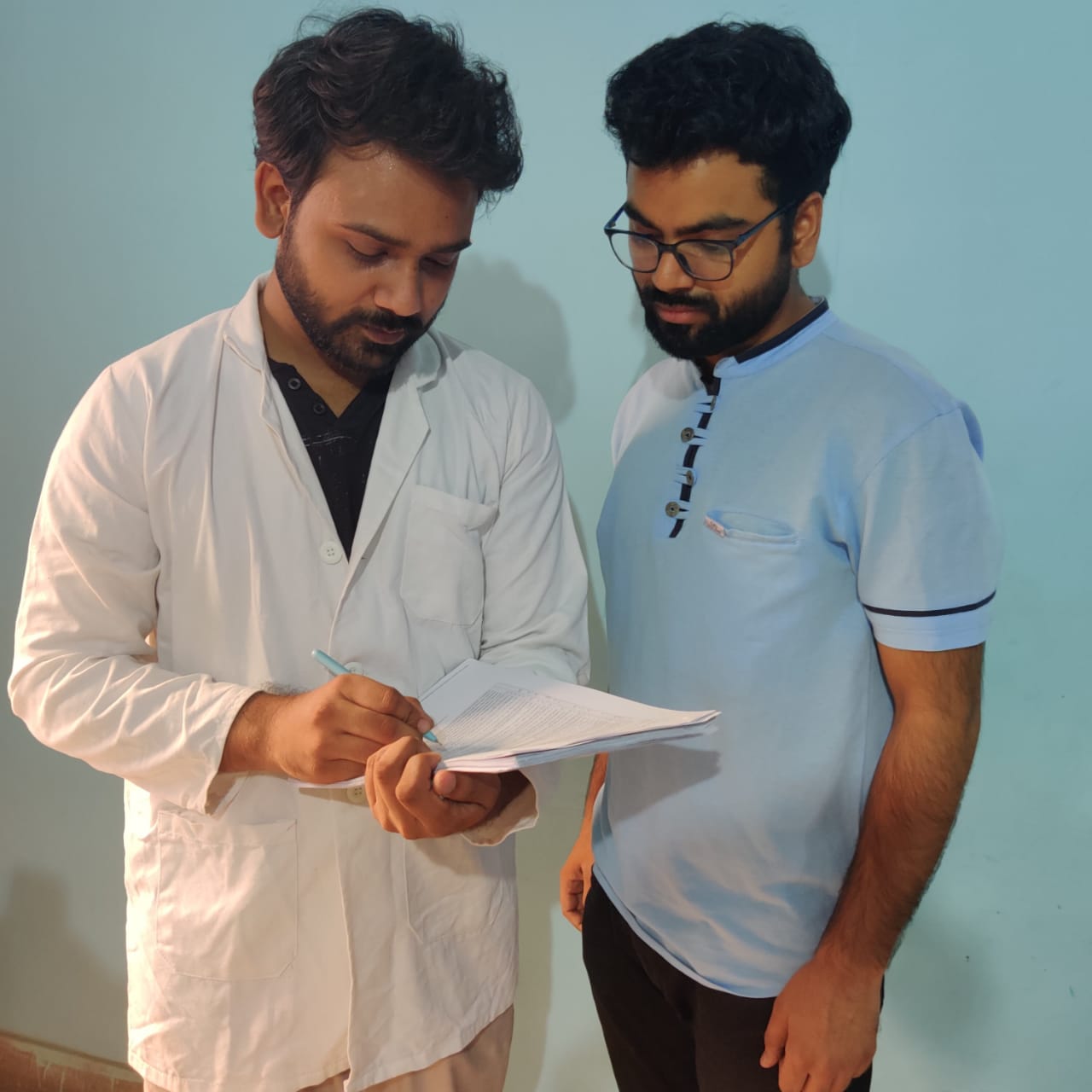

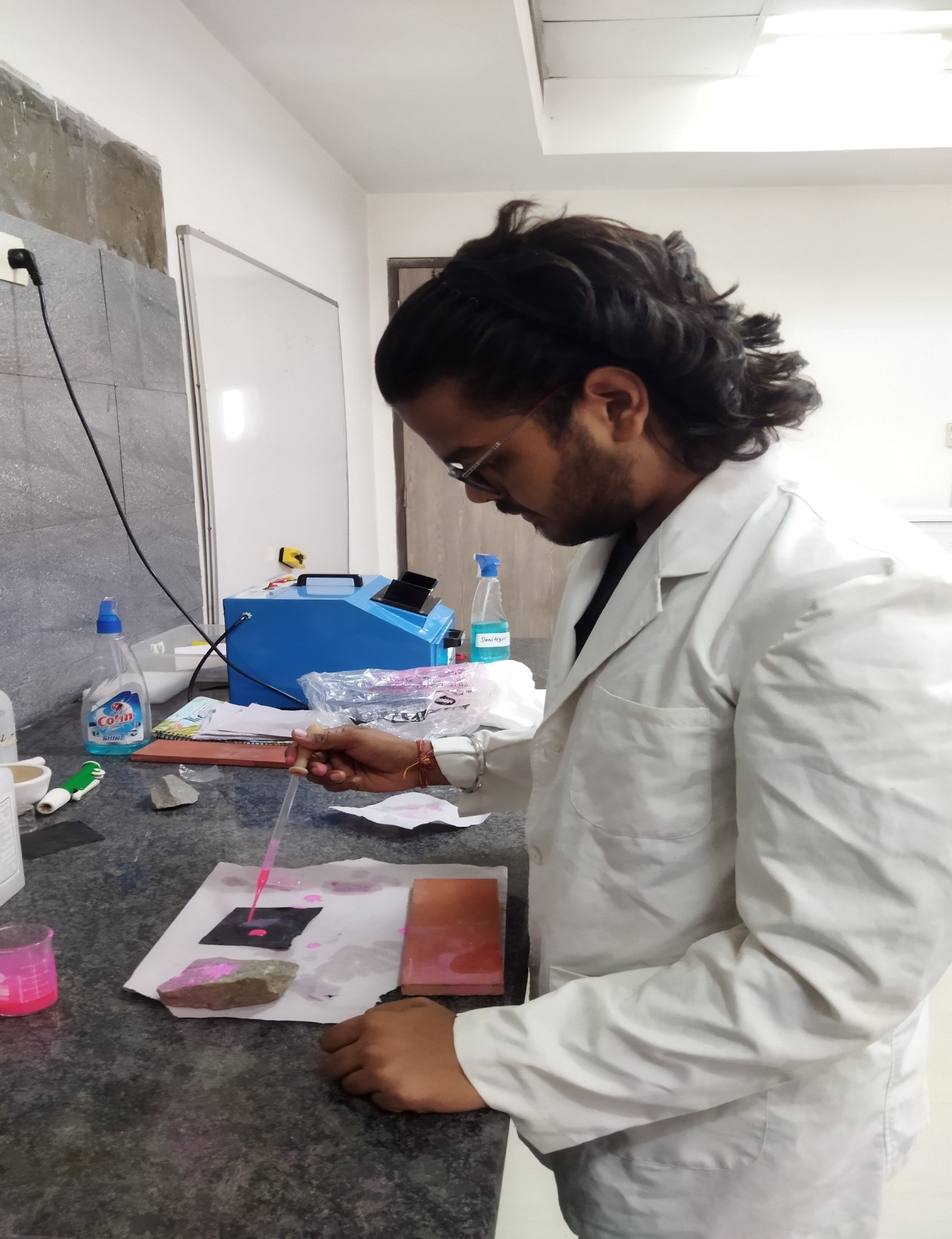
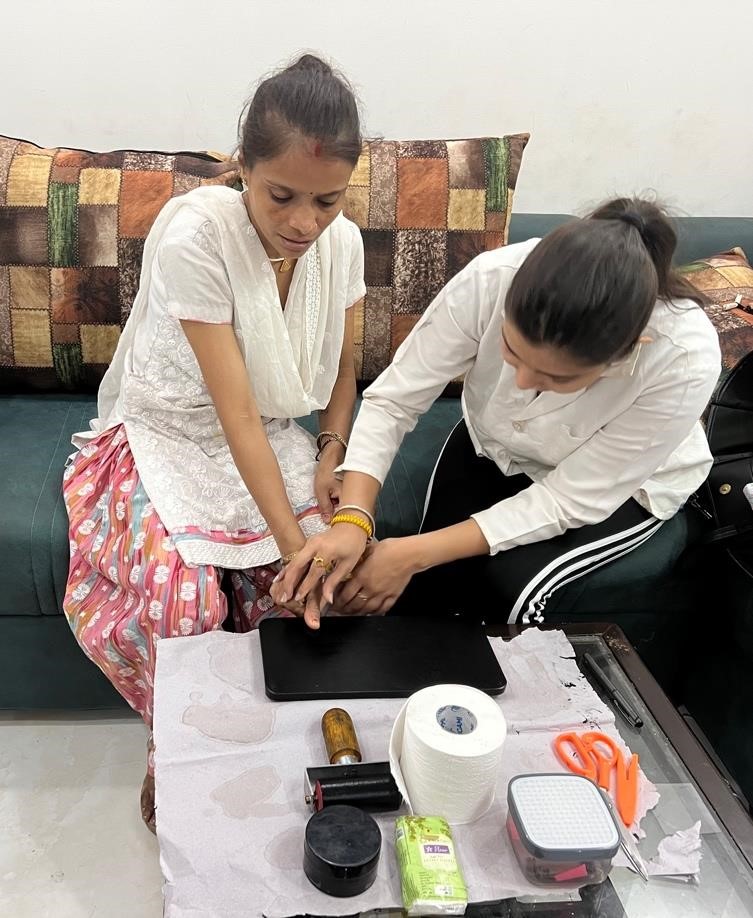
No Comments